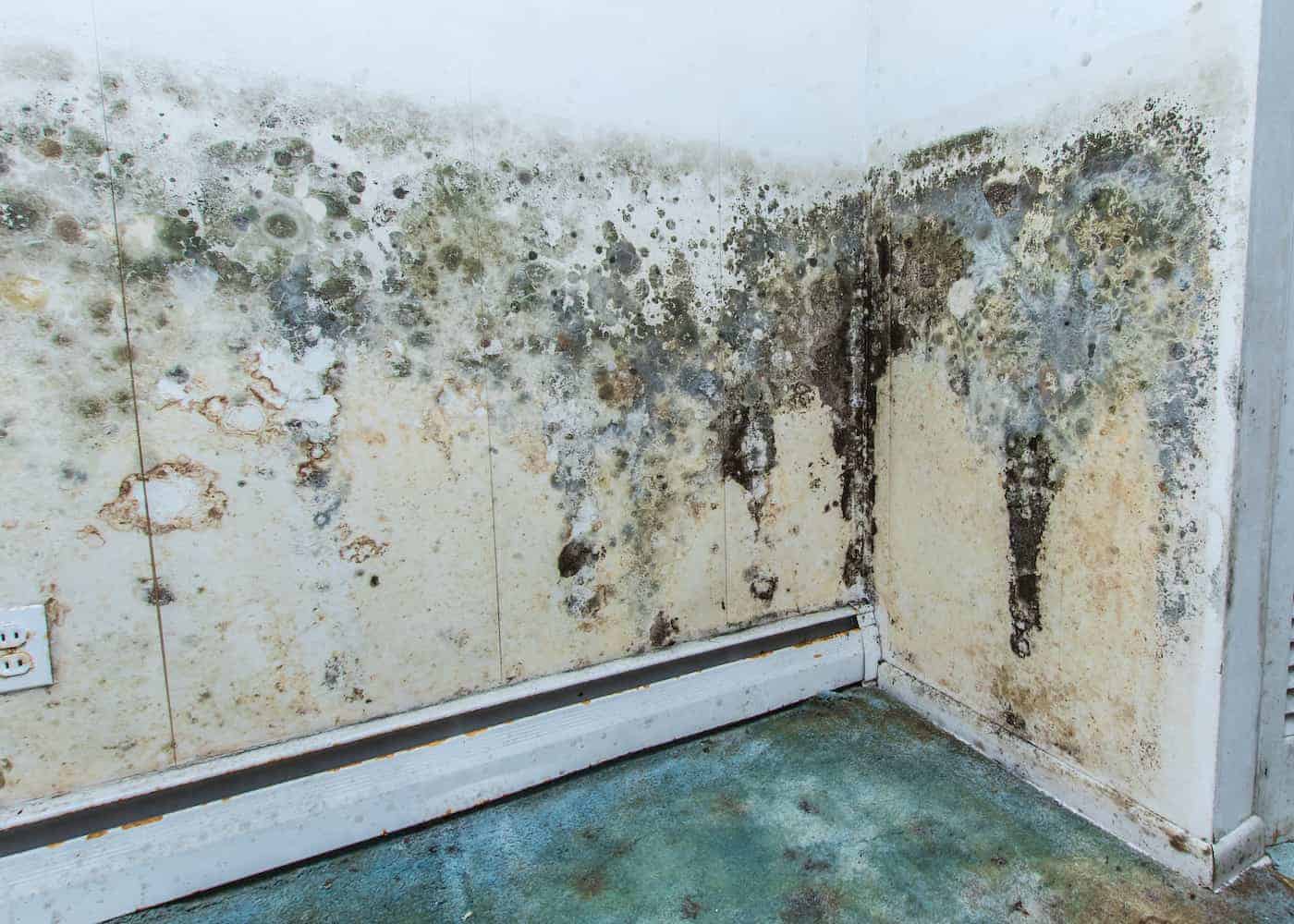Cotton yarn is the backbone of countless fabrics we encounter every day, from soft t-shirts to durable home textiles. But have you ever wondered how raw cotton is transformed into the fine strands of yarn that are used to create these fabrics? The process involves several intricate steps that turn fluffy cotton bolls into strong, versatile yarns. As leading yarn suppliers in Pakistan can attest, the journey from raw cotton to finished yarn is one of craftsmanship and precision. Let’s dive into the detailed process of cotton yarn production, exploring how each step contributes to the quality and functionality of the final product.
What is Raw Cotton and Where Does It Come From?
Raw cotton is the natural fiber harvested from the cotton plant’s seed pods, known as bolls. These bolls burst open when mature, revealing soft, fluffy fibers that are perfect for spinning into yarn. Cotton is primarily grown in warm, tropical regions and is one of the most widely used natural fibers in the world.
Countries like Pakistan, India, and the U.S. are major cotton producers, and yarn suppliers in Pakistan source much of their raw material locally. The quality of the cotton depends on various factors, including soil, climate, and the cotton variety. Premium cotton types like Egyptian and Pima cotton are renowned for their long, strong fibers, which produce high-quality yarn.
How is Raw Cotton Harvested?
The first step in producing cotton yarn is harvesting the raw cotton from the fields. This can be done by hand or by using machines, depending on the region and the scale of production. In countries like Pakistan, both methods are used, but large-scale farms tend to rely on mechanical harvesting for efficiency.
Hand Picking:
This traditional method is labor-intensive but allows for selective picking, which reduces the amount of dirt, leaves, and stems that mix with the cotton. Hand-picked cotton often results in higher-quality yarn.
Machine Harvesting:
Modern cotton farms use machinery to harvest cotton more quickly. However, this method can result in more impurities in the cotton, which need to be removed during processing.
What Happens During the Ginning Process?
Once harvested, raw cotton must undergo ginning, a crucial step that separates the cotton fibers from the seeds and other plant material. Ginning can be done using traditional or modern methods, with larger cotton yarn wholesale suppliers often relying on automated systems for speed and efficiency.
- Gin Machines: Modern ginning machines use rotating saw blades to pull the cotton fibers from the seeds. The fibers are then cleaned to remove any remaining debris.
- Lint Production: The cleaned cotton fibers, now called “lint,” are pressed into bales and transported to spinning mills, where they will be turned into yarn.
The quality of the ginning process directly impacts the quality of the yarn, as improper ginning can damage the fibers, resulting in weaker or coarser yarns.
How Is Raw Cotton Carded and Combed?
Carding is the next step in the yarn production process. This step involves brushing the cotton fibers to align them in parallel and remove any short or tangled fibers. Carding machines use fine-toothed rollers to smooth out the cotton, creating long, continuous strands called slivers.
For higher-end yarns, yarn suppliers in Pakistan may also use a process called combing. Combing further refines the fibers by removing any remaining short fibers or impurities. This step results in finer, smoother yarns that are ideal for creating soft, high-quality fabrics.
- Carded Yarn: This is suitable for general-purpose fabrics and is strong but slightly coarser.
- Combed Yarn: Finer and smoother, this type of yarn is preferred for luxury fabrics, offering superior softness and durability.
The difference between ordinary and premium yarn often lies in the details. Combing takes extra time but creates a smoother, finer yarn that elevates the fabric’s overall feel and quality.
Comparison Table: Cotton Yarn Production Methods
| Process Step | Hand-Picked Cotton | Machine-Harvested Cotton |
| Harvesting Method | Labor-intensive but selective | Fast but may include more impurities |
| Fiber Quality | Higher, less contamination | Lower, more debris and shorter fibers |
| Production Speed | Slower | Faster |
| Cost | Higher due to manual labor | Lower due to automation |
| Preferred For | Premium yarn production | Bulk production for general-purpose yarn |
How Is Cotton Yarn Spun?
Spinning is the process of twisting the slivers of cotton fibers to create yarn. The amount of twist added to the fibers determines the yarn’s strength, thickness, and texture. Here’s a look at the two primary spinning methods used by wholesale cotton yarn suppliers:
- Ring Spinning: The most traditional and widely used spinning method, ring spinning involves drawing out the slivers and twisting them into yarn. This method produces strong, fine yarn with a consistent texture, making it ideal for high-quality textiles.
- Open-End Spinning: In this method, the fibers are twisted in a continuous process, allowing for faster production. Open-end spinning creates thicker yarn that is suitable for heavier fabrics like denim or towels.
The spinning process plays a pivotal role in determining the final yarn’s properties, with high-twist yarns being stronger and more durable, while low-twist yarns offer greater softness.
Spinning isn’t just about twisting fibers—it’s where cotton yarn finds its strength, durability, and character. Every twist tells a story of craftsmanship.
How Are Cotton Yarns Finished for Use in Fabrics?
Once the cotton yarn has been spun, it undergoes a series of finishing processes to prepare it for weaving or knitting into fabrics. These processes can vary depending on the intended use of the yarn and the preferences of yarn suppliers.
- Mercerization: This treatment strengthens the yarn, adds luster, and improves dye absorption. Mercerized cotton yarns are often used in luxury fabrics and garments.
- Bleaching: For white or light-colored fabrics, the yarn may be bleached to remove any natural color or impurities.
- Dyeing: Cotton yarns can be dyed at this stage to create vibrant, long-lasting colors. Some suppliers may choose to dye the yarn in bulk, while others leave this step to fabric manufacturers.
How Does Yarn Quality Affect Fabric Production?
The quality of the cotton yarn is crucial to the overall quality of the fabric produced. High-quality yarns result in smoother, more durable fabrics, while lower-quality yarns may lead to rough textures, uneven weaves, or pilling. Yarn suppliers in Pakistan pay close attention to several factors to ensure the yarn meets the desired standards:
- Fiber Length: Longer cotton fibers produce finer, stronger yarns.
- Twist Level: Higher twist levels provide strength, while lower twist levels offer softness.
- Evenness: Consistent thickness and texture throughout the yarn ensure smooth, even fabrics.
What Are the Advantages of Using High-Quality Cotton Yarn?
Using high-quality cotton yarn has numerous benefits for both manufacturers and consumers. Here’s a breakdown of why top cotton yarn wholesale suppliers focus on producing premium yarns:
- Durability: High-quality yarns are less likely to break or fray, even with frequent use and washing.
- Comfort: Fabrics made from fine cotton yarns are softer and more breathable, enhancing wearer comfort.
- Aesthetic Appeal: High-quality yarns produce smooth, even fabrics with a refined appearance, ideal for luxury garments and home textiles.
How Do Cotton Yarn Suppliers Ensure Consistency in Production?
Consistency in yarn quality is vital for manufacturers who need reliable materials for fabric production. Yarn suppliers in Pakistan use several quality control measures to ensure consistent production, including:
- Testing: Yarn is tested for tensile strength, twist uniformity, and colorfastness.
- Inspection: Each batch of yarn is inspected to identify any defects or inconsistencies.
- Technology: Many modern mills use automated processes to ensure precise spinning and finishing, reducing the risk of human error.
What Are the Environmental Considerations in Cotton Yarn Production?
Sustainability is an important factor in modern textile production. While cotton is a natural and renewable resource, its production can have environmental impacts, particularly in terms of water usage and pesticide application. Many wholesale cotton yarn suppliers are now turning to organic cotton and sustainable farming practices to reduce these impacts.
- Organic Cotton: Grown without synthetic pesticides or fertilizers, organic cotton is a more eco-friendly option that appeals to environmentally conscious consumers.
- Water Efficiency: Advances in irrigation technology are helping farmers reduce water usage in cotton farming, making the process more sustainable.
How Do Cotton Yarn Suppliers in Pakistan Stand Out in the Market?
In a competitive market, yarn suppliers in Pakistan distinguish themselves through quality, sustainability, and customer service. Here are some strategies they use to stand out:
- Commitment to Quality: Offering premium yarns with superior strength and softness ensures long-term customer satisfaction.
- Sustainable Practices: Emphasizing eco-friendly production methods, such as organic farming and water conservation, helps attract environmentally conscious buyers.
- Customer-Centric Approach: Providing personalized service, reliable delivery, and technical support can help build strong relationships with textile manufacturers.
One Last Thing: The Journey from Raw Cotton to Finished Yarn
The process of turning raw cotton into yarn is a complex and highly skilled one, requiring precision and attention to detail at every stage. From harvesting and ginning to spinning and finishing, each step influences the final yarn’s quality. By partnering with top cotton yarn wholesale suppliers and focusing on sustainable, high-quality production methods, yarn suppliers ensure that they deliver yarns that meet the highest industry standards. Whether for luxury garments or everyday textiles, the right choice of cotton yarn can make all the difference in fabric quality and performance.
Stay connected for the freshest updates on chemhubglobal!








